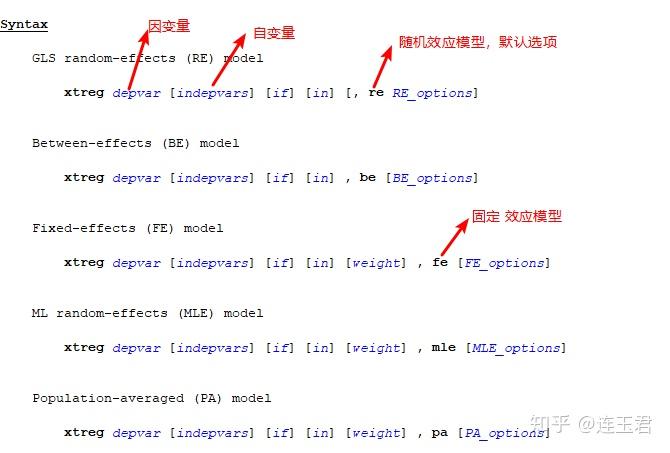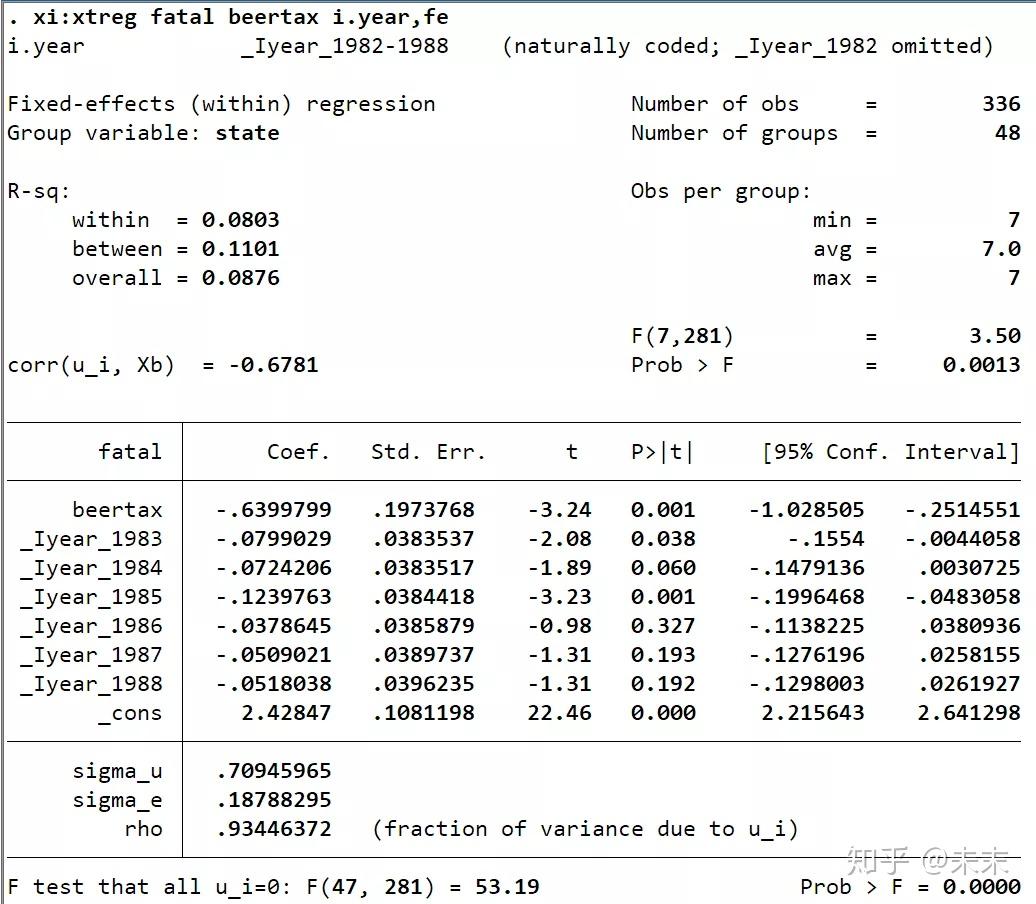


As a rule of thumb, it is always better to assume a fixed effects model because the estimates from an FE model is always consistent, while the RE model is consistent only if the underlying true model is RE. While the uncorrelatedness of x it is desirable for both the FE and RE models, the RE model additionally imposes the independence of the individual effects D i with the explanatory variable x it. Thus D t will be 1 for N data-points and 0 for (T-1)N data-points.ĭepending on whether the individual effects D i are allowed to be correlated with the explanatory variable x it, the regression model is either called a fixed effects (FE) model or a random effects (RE) model. Similarly for the time dummies, D t takes the value 1 if the data-point correponds to time-point t, and otherwise takes the value 0. Thus, D i will be 1 for T data-points and 0 for (N-1)T data-points. The individual dummies are defined as follows: D i takes the value 1 if the data-point corresponds to individual i, and otherwise takes the value 0. If there are N individuals, then only N-1 individual dummies ( D i ‘s) should be included, and if there are T time-points, then only T-1 time dummies ( D t ‘s) should be included in the panel regression that contains the intercept term b 0. Once again, the problem of the dummy variable trap becomes relevant, as discussed in the section on regression with dummy variables. These fixed effects are nothing but the coefficients of the dummy variables D i and D t. In the above regression, b 2 denotes the individual fixed effects, while b 3 denotes the time fixed effects.

Y it = b 0 + b 1 x it + b 2D i + b 3D t + e it The most common specification for a panel regression is as follows: The variation that is left after controlling for these fixed effects is the variation at the interaction between individual and time. These are called the time fixed effects and the individual fixed effects respectively. The key difference in running regressions with panel data (with both cross-sectional and time-series variations) from a usual OLS regression (with only cross-sectional variation) is that one needs to control for the common effect for all individuals in a particular time point, and also the idiosyncratic individual effect that is common across all years. states from 1947 to 2018 is a panel data on the variable gdp itwhere i=1,…,51 and t=1,…,72. For example, a dataset of annual GDP of 51 U.S. When the same cross-section of individuals is observed across multiple periods of time, the resulting dataset is called a panel dataset.


 0 kommentar(er)
0 kommentar(er)
